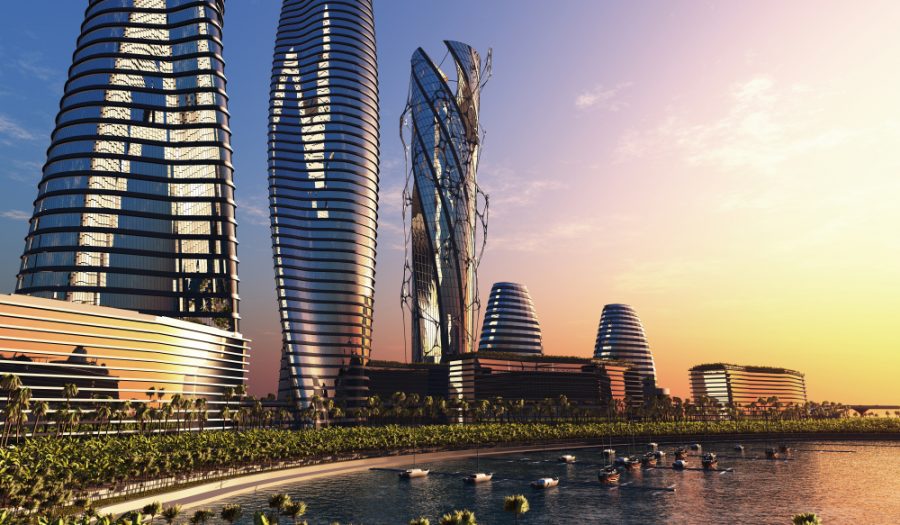Just about every industry in a modern economy benefits from an unprecedented number of technological tools. The world of architecture is an excellent case in point. The advent of 3D modelling software, and immersive VR headset technology, allows new designs to be thrown up and previewed in three dimensions before a single brick is laid. Acronyms like CAD and BIM have become commonplace, and the technologies they describe have become near-inseparable from the business of designing and constructing buildings.
What Challenges do Architects Face?
Designing and constructing even a simple building is a long and complex process. The design process relies on a great deal of visualisation and back-and-forth between decision makers. Over the course of weeks and months, designs are put together, refined and improved. Of course, there’s ample scope for inefficiency to creep into this process.
Architects tasked with conserving historic buildings face a challenge of a different sort. Precise plans for a given building might not meet modern standards. Moreover, assessing the state of a building might be difficult, particularly if there are inaccessible areas of roof.
Another challenge concerns communicating with clients, some of whom might not have the same intuitive grasp of technical terms and ideas that architects themselves have. This can make communicating specific ideas difficult, if not impossible.

How can Digital Transformation help?
The adoption of digital methods can help to solve a number of these problems, and even to make improvements in areas which hadn’t been identified as problematic.
Digital transformation can vastly accelerate the design process at the early stages. Rather than having to come up with several iteration from scratch, designers can instead work from templates. Options can then be assessed in a matter of minutes, and potential flaws spotted before time is wasted on chasing dead-ends.
Many large spaces share common traits, and any work that can be done to automate these early stages will reduce the design period overall, and provide designers with more time to do the things that they’re good at: identifying problems and making creative decisions.
Where historic buildings are concerned, an entirely new type of Building Information Modelling (Historic Building Information Modelling) has been developed. New hardware can also lend a hand: drones can now be bought and piloted relatively inexpensively, which provides a new and enormously powerful tool for surveyors.
We should also consider the impact of Virtual Reality when communicating the experience of occupying a planned building. There is, after all, only so much that can be gleaned from looking at visualisations on paper – however well they’re put together. Virtual reality’s role in the design process is only likely to grow as the technology develops.
Much of this improvement, of course, relies on the accumulation and successful management of vast amounts of data – after all, architects can’t do their work if they’ve having to administrate an arcane file structure. For this reason, firms taking digital transformation seriously are outsourcing many of the technicalities to specialised third parties.



Leave a Reply